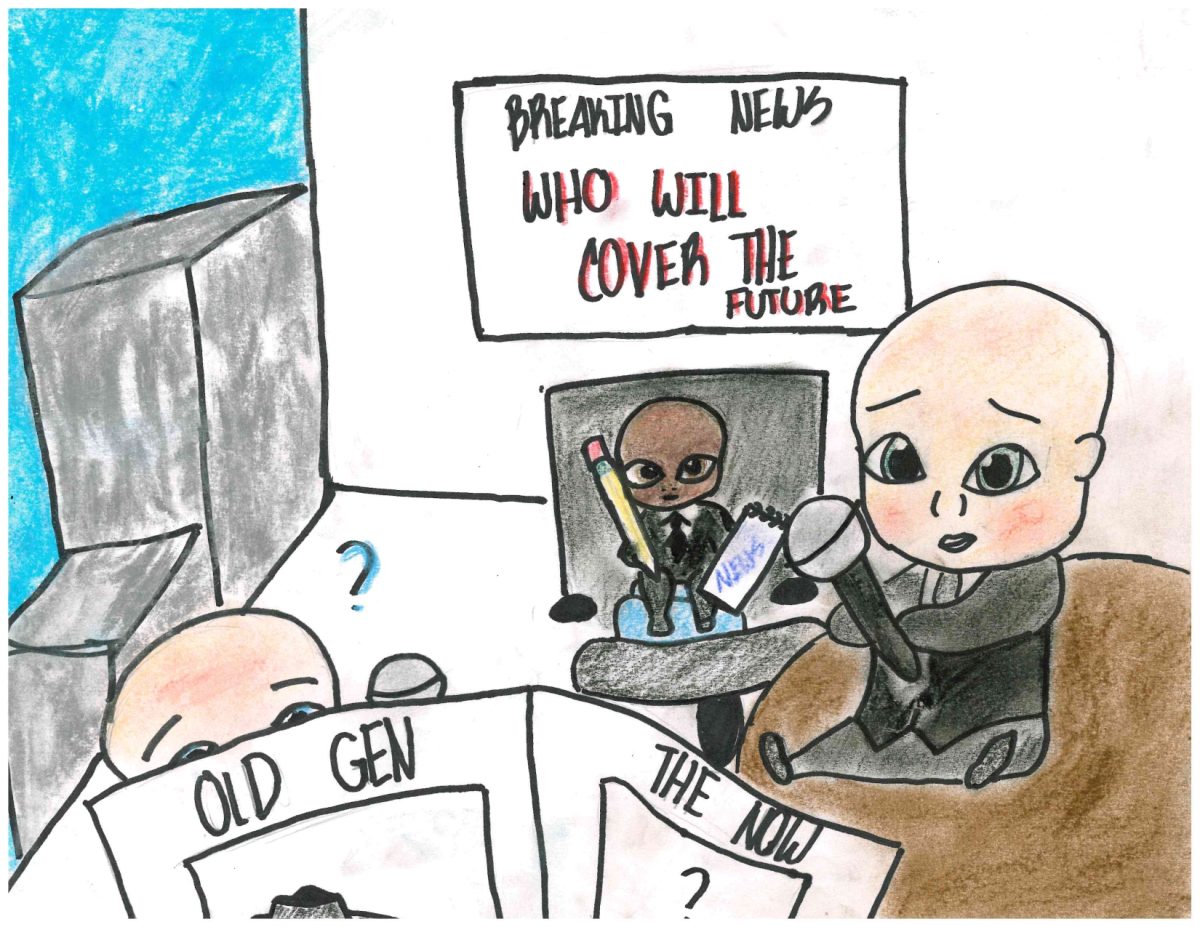By dedicating a month to all the women, men and children affected by sexual harassment, April has been proclaimed as Sexual Assault Awareness Month (SAAM), lasting from April 1-30.
While the numbers for sexual assault (SA) in the United States are too concerning to ignore, the topic itself is not talked about as much as it should be.
According to Montana State University (MSU), “Rape, sexual assault, sexual abuse and domestic violence are often labeled ‘crimes of silence’ because of low reporting rates and social discomfort with their public discussion.”
With number from the Rape, Abuse & Incest National Network (RAINN), sexual violence affects one in six American women aged 16-19 years old.
Furthermore, 81% of women have reported being sexually harrassed at some point in their life, according to the National Sexual Violence Resource Center (NSVRC).
Movements for social change and protests, starting as early as the 1940s, began to gain traction during the civil rights movement. Although discussions about sexual assault and rape were limited, in the 1970s, these problems were started to become more and more prominant.
According to the Seattle Times, “the term “sexual harassment” was not coined until 1975.”
In 1971, the first rape crisis center was founded in San Fransico and seven years later, the city started “Take Back the Night” marches to protest violence against women, “particularly sexual assault,” according to MSU.
While protests against violence and awareness are helping the cause, there are people who “victim blame” or deem the victim “worthy of the act inflicted on them.”
According to Psychology Today, “Victims are sometimes portrayed in objectified ways, with images and descriptions focusing on their appearance and clothing as if physical attributes might explain or justify an attack.”
“For example, in a study where all participants read the same description of a sexual assault, those who first saw an objectifying image of a female victim in a swimsuit were more likely to say that she behaved carelessly and led the perpetrator on, compared to those who saw a less objectifying image of the same woman,” Psychology Today said.
The terms “what were they wearing” and “they were asking for it” are terms frequented throughout sexual assault cases, which never have any correlation to why the act was done in the first place.
According to the Employers’ Initiative on Domestic Abuse (EIDA), more than 44% of victims were abused by their partner or former partner.
“Other common relationships between victims and perpetrators of these crimes were friends (12.1%), dates (9.9%) and family members (3.6%),” EIDA said. “In 4.4% of cases, the actual or attempted rape or sexual assault by penetration was perpetrated by a colleague or peer of the victim from work, school, college or university.”
According to the Center for Women and Families (CFWAF), in 1992, an 18-year-old in Italy was raped by her driving instructor. She then pressed charges and won her case, but the instructor appealed, and the case went to the Italian High Court.
“In 1999, the court overturned the conviction with a member of the High Court declaring that since the victim wore very tight jeans, the instructor could not have removed them himself; therefore, the victim must have willingly participated,” according to CFWAF.
In this case, the tight jeans indicated a consensual agreement that the 18-year-old willingly wanted to have sex, which, in her case, is not what went on at all.
Since then, the last day in April has been used to raise awareness for sexual assault victims. Denim Day, held on April 30 this year, is a time for supporters to wear denim clothing to highlight the misconceptions of sexual violence.








